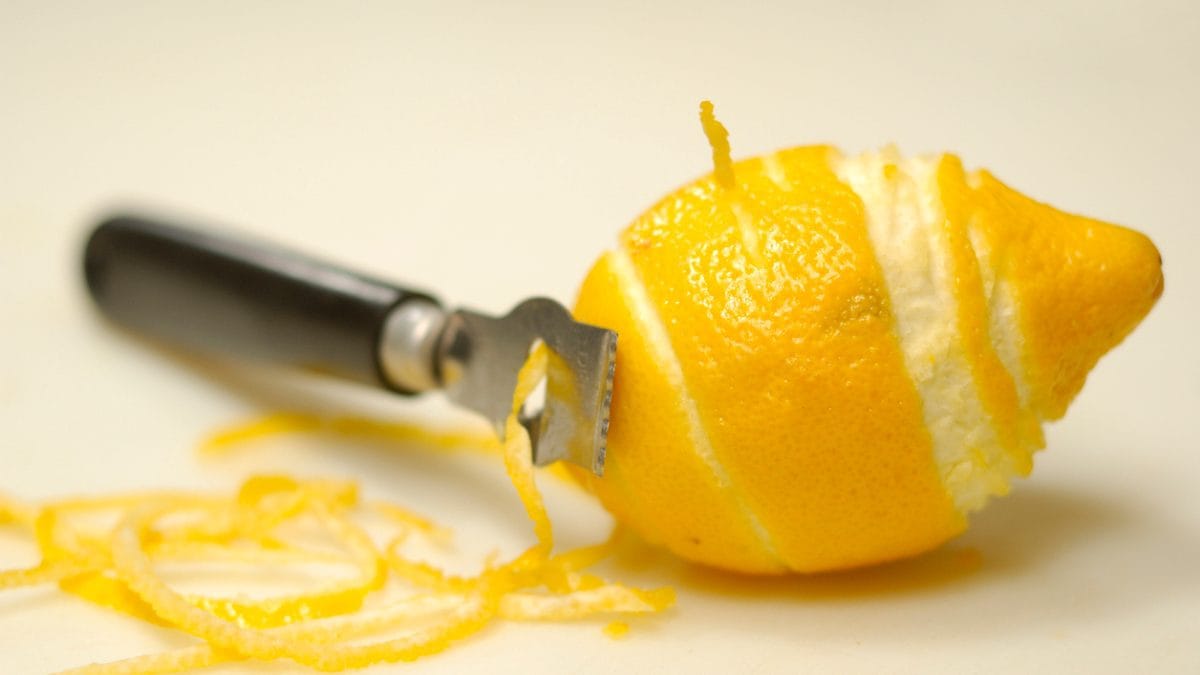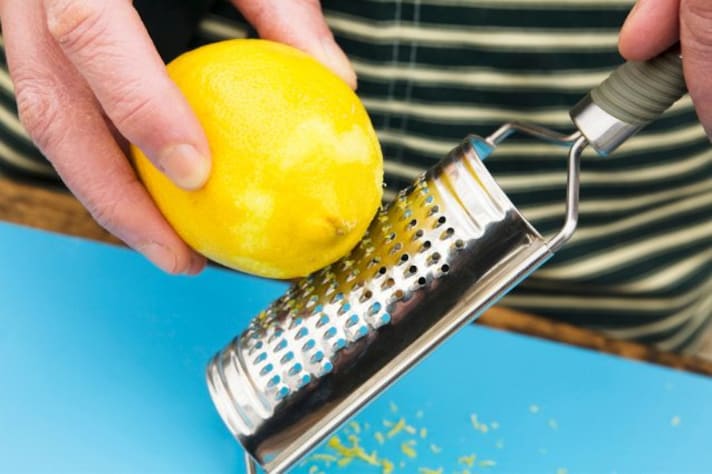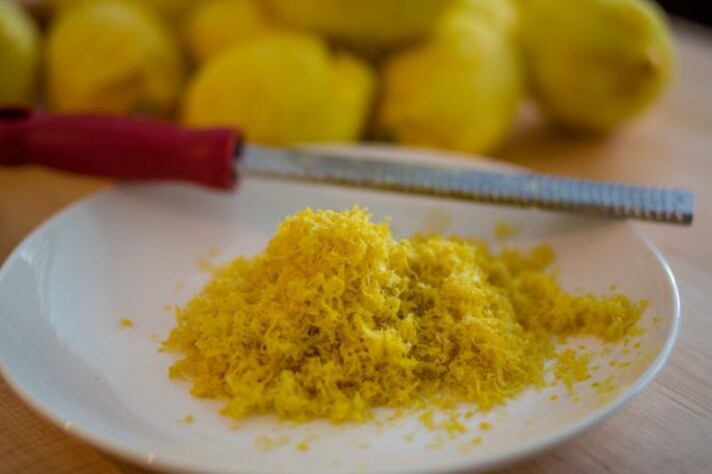
When you're zesting lemons, you generally use a zesting tool to remove the bright yellow outer layer. If you go too deep, though, you can hit the white part known as the pith. While it may seem harmless, you should keep the pith out of your recipes. Here's why avoiding the white part of lemon peels is a good idea.
Bitter Taste of the Pith
The main reason to stay away from the pith is its bitter taste. This white, spongy layer under the zest is full of compounds that make it taste very bitter. In contrast, the yellow zest is full of aromatic oils and has a fresh, citrus flavor that enhances dishes. The bitterness of the pith can overpower your food. So, for flavor, stick with the zest, not the bitter pith.

Unwanted Pith Texture
Besides the bitter taste, the pith also adds an unwelcome texture. Unlike the zest, which is thin and fragrant and blends well into baked goods or sauces, the pith is fibrous and thick. This can ruin the smoothness of dishes like lemon curd, dressings, or lemon cakes. If you want a light citrus flavor, go for the zest, as the pith just makes dishes heavy.
Nutritional Value of the Pith
Although the pith contains some nutrients like fiber and vitamin C, its bitter taste may not make these benefits worth it. Some people say the nutrients justify using it, but you'll easily get these benefits from the zest, juice, or by directly eating the lemon. The pith isn't harmful, but it doesn't offer the same flavor punch or usability as the zest.

When the Pith Can Be Useful
The pith does have its uses in specific situations where its bitterness works with other flavors. For instance, it can be used to make homemade lemon marmalade or other infusions where sugar or other ingredients can balance out the bitterness. But generally, when using lemon for flavoring, baking, or garnishing, it's best to use the bright yellow zest and leave out the white pith.
;Resize,width=767;)
